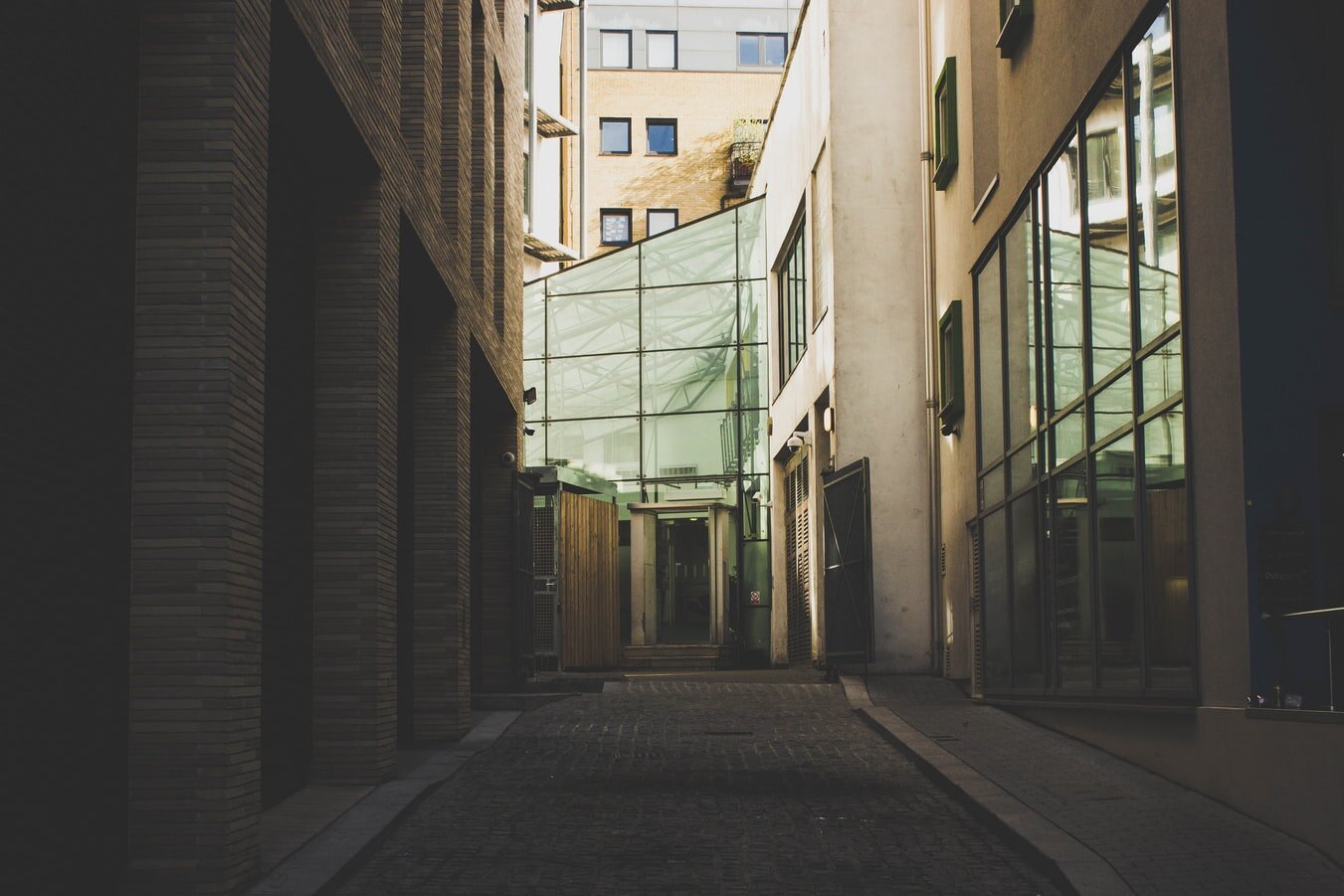Blog
How COVID-19 Has Experts Planning for Smarter Burbs, Burghs and Boroughs
August 11, 2020 | Violet PR

It’s been over five months since COVID-19 kicked the work from home (WFH) trend into warp speed. That’s long enough to learn the pros (Zoom meetings in shorts!) and cons (too many Zoom meetings in general) of the WFH lifestyle.
It also got us thinking what living and working will be like in the post-COVID world. What long-term changes will be seen in our nation’s towns and cities and how will urban planners and local governments prep for them?
In Part One of our two-part dive into how urban planners and local governments are planning ahead for a post-COVID-19 world, we spoke with our client, Bob Bennett, principal and founder of B2 Civic Solutions, an international smart cities consultancy firm.
Bennett is the former chief innovation officer (CIO) of Kansas City, Mo., where he helped introduce key new technology – including devices to monitor and analyze transportation, traffic, weather and more. Bennett is also the chair of the Cities Today Institute, an organization dedicated to sustainable urban development.
Welcome to the Evolution
Raise your hand if you’re itching to get the kids out of the house and back to school.
Yeah, us too.
However, unless a vaccine is developed in the next 30 days, we may all be teaching the kiddos through 2021.
If that’s the case, a lot more broadband will be needed, so kids in lower-income neighborhoods can keep up with their peers. But we must move beyond the smart city approach to do it.
“Cities have been smart since the Romans built the aqueducts. This is more about city evolution,” said Bennett.
Bennett thinks municipalities may begin tying digital connectivity to transit routes with bus and/or train shelters wired for broadband.
He went on to say: “This can help achieve a social good because public transportation goes through all neighborhoods – not just wealthy ones.”
In fact, he foresees a day when broadband is treated as a utility.
“In the next two years, I think we are going to hear a lot of discussions regarding connectivity as a basic right,” he said.
Of course, that means a lot more infrastructure will be needed. Bennett says it’s possible utility companies may begin providing towns and cities with incentives for laying down the necessary infrastructure.
“When faced with the Great Depression, America responded with programs that built the Tennessee Valley Authority (TVA), the first elements of the Interstate Highway System and other infrastructure that created a foundation for future growth,” said Bennett. “If we respond correctly to this crisis with the development of effective digital infrastructure, we may create the foundation for a strong future.”
A Glimpse Into the Future of the Heartland
Quick, what’s the first region you think of when you think of autonomous vehicles?
If you said North Central Texas, you deserve a Texas-sized prize!
With all the scuttlebutt regarding urbanites leaving the city behind because of viruses like COVID-19, smaller communities have to start planning ahead. This month, the North Central Texas Council of Governments (NCTCOG) sent out an RFP for the roadside units and digital lines necessary for driverless automobiles. It’s part of a $118.9 billion effort to expand the region’s roadways. Passenger rail and bicycle-pedestrian facilities are also part of the region’s long-range transportation plan.
“That is a region that is being very proactive,” Bennett said.
Another metro leading the charge is Pittsburgh, Pa., now an R&D testbed for driverless vehicles. Local institutions Carnegie Mellon and the University of Pittsburgh recently received related grants for advanced research projects, and five tech and ride-sharing organizations, including Uber, are testing self-driving cars across Pittsburgh.
Backed by new research and modifications, autonomous vehicles can open up a whole new world of possibilities and change the way towns and cities are designed.
‘A Massive Shift’
While we still don’t know how long COVID-19 will have us cooped up, one thing is for sure: There is going to be a massive shift in the way urban planners, local governments and everyday folks live and work.
Check in next week for Part Two of our two-part series on how urban planners and local governments are planning for post-COVID America.
Did we miss anything? Have any insights you would like to share? Let us know in the comments below.